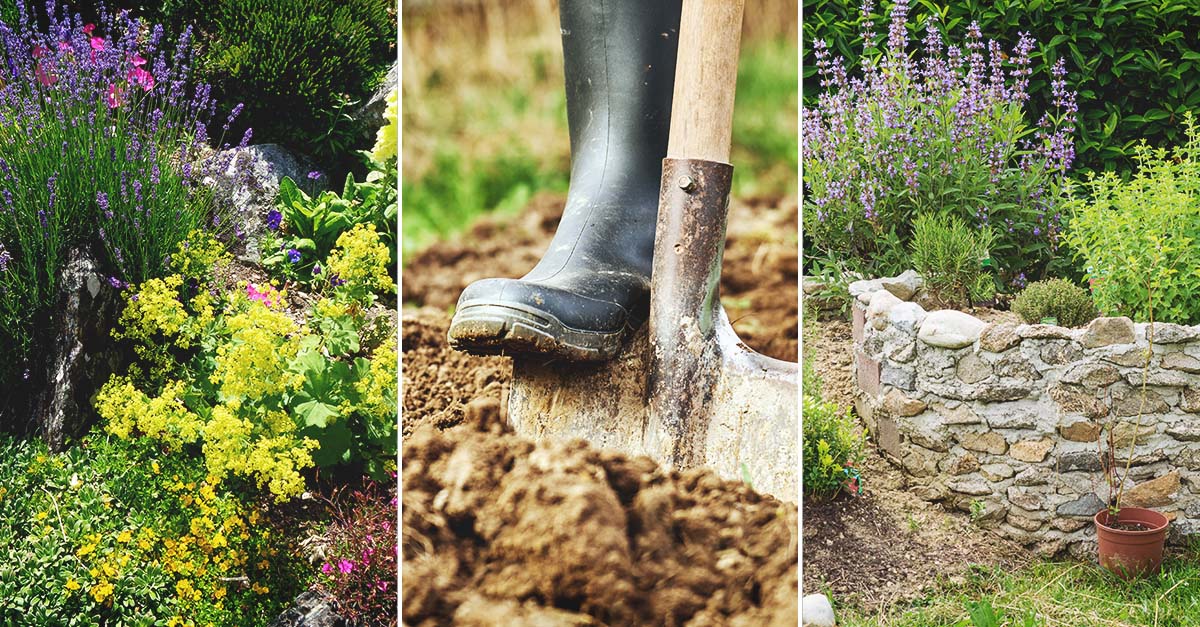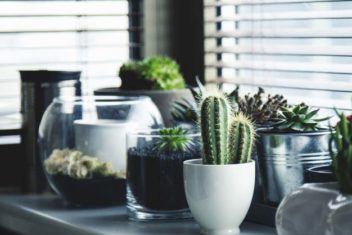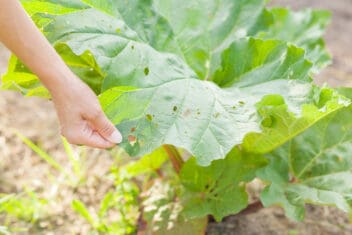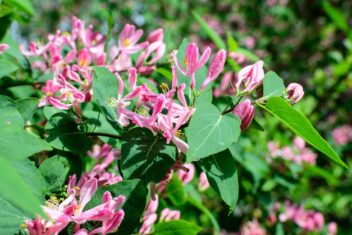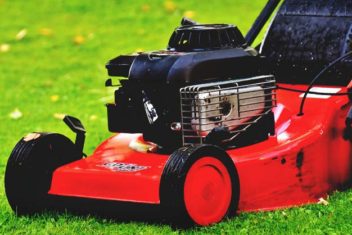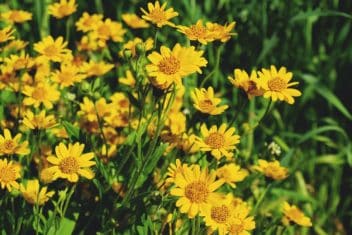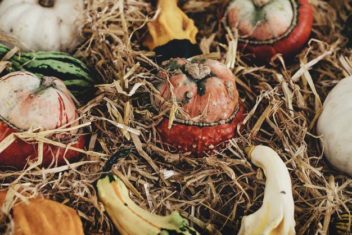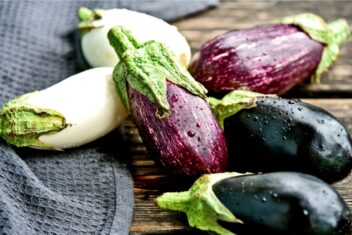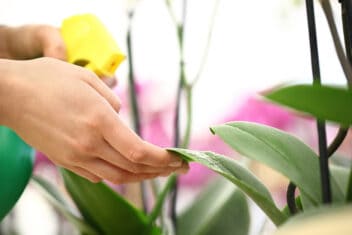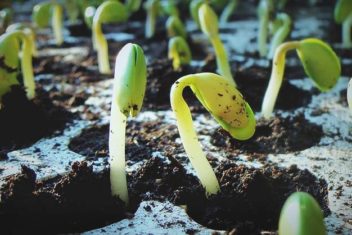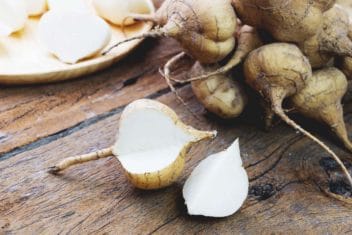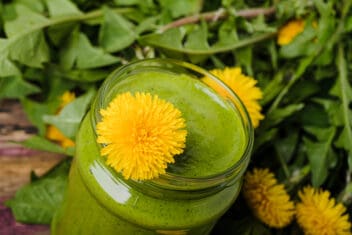There’s a whole lot more to gardening than just putting seeds in the ground, watering plants, and harvesting. In fact, most of the work related to gardening comes in the form of planning, soil preparation, and preventative problem-solving.
As the growing season winds down and your waning landscape begins to reveal the beauty and potential in its bones, it’s time to get busy with fall gardening projects. Now, I’m not just talking about the typical fall garden maintenance that you do for annual gardens. I’m also not referencing the summer planting you do to get a fall and winter harvest.
This post is all about the big projects – the fall gardening activities – you want to tackle in fall and early winter, before your ground freezes to make spring gardening so much easier.
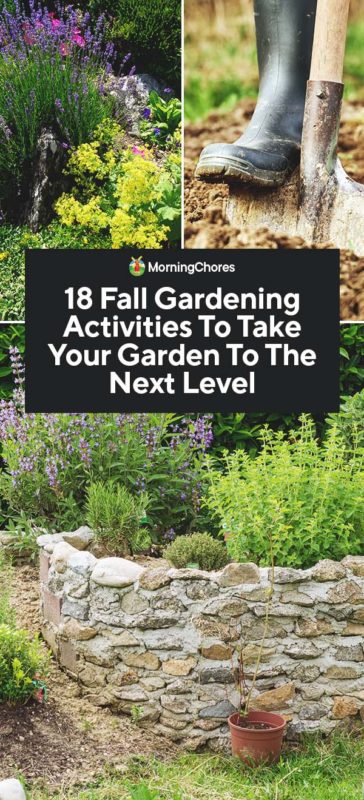
Ground Breaking for New Areas
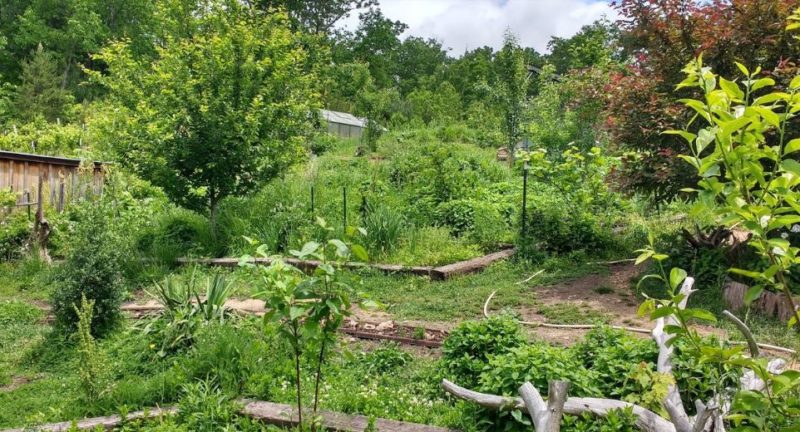
Fall is the time to break ground on new garden areas. Whether you’ll be starting a new vegetable garden, expanding an old, or doing some edible perennial landscaping, fall is the time to start. Unless you lucked into perfect land that’s level, with loamy soil, and excellent drainage, there are a host of projects you may need to tackle on the ground before you ever start your first seed or transplant.
1. Leveling or Terracing
A slight slope in a garden can be a good thing to promote good drainage. More than that though and you’ll need to level the area or create terraces to keep soil and nutrients from racing away from the root of your plants.
– Leveling
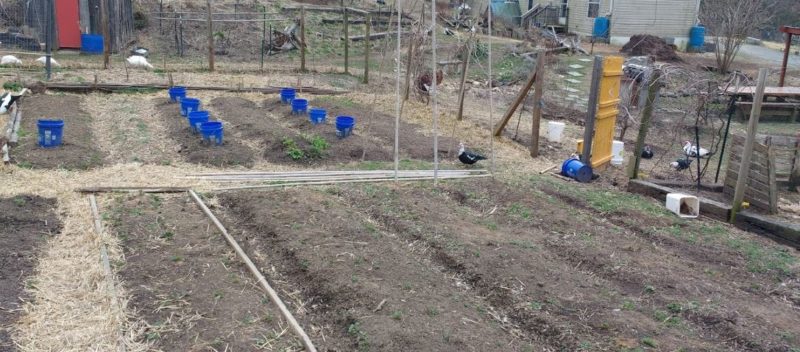
Leveling on a small scale can be done with a shovel, rake, and a carpentry level. For larger areas, you may need earthmovers, A-frame levels, or a laser level to accurately alter your slope.
– Terracing
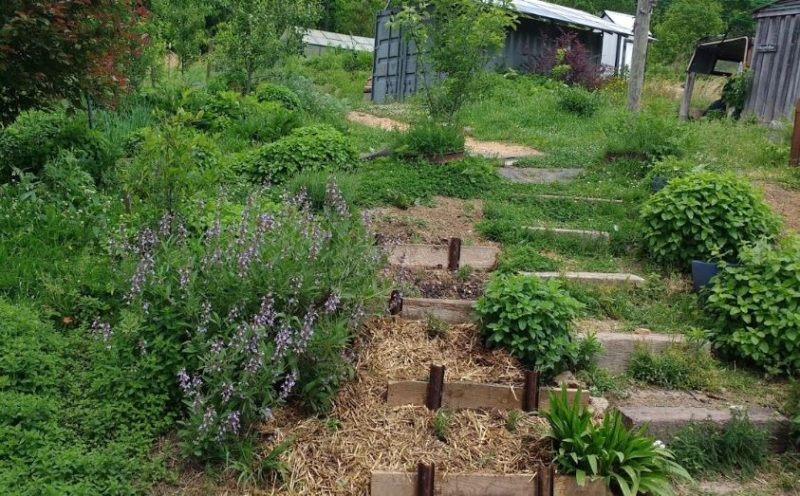
Terracing is similar to leveling with the added component of building up part of your landscape using some sort of stabilizing force to prevent soil loss. Rock embankments, walls, landscape ties, and more can be used for creating terraces.
For terraces of more than a foot or two, you also need to create drainage opportunities so that water can flow through the soil retaining structure. Pipes used for French drains are common options to direct the flow.
2. Direct Drainage
If your garden is downslope of other areas, then you also have to factor in excess water that flows from there may settle in your now level or terraced areas. Before you start planting, you’ll want to dig drainage ditches above your garden or install formal drains to direct the water where you need it.
In areas with lots of rain, you may want to create swales to move water around the outside of your garden. In dry areas, creating irrigation channels that will hold and funnel water deeper into the soil might be a good option. You may also want to harness runoff in ponds for later use.
3. Soil Percolation Perfecting
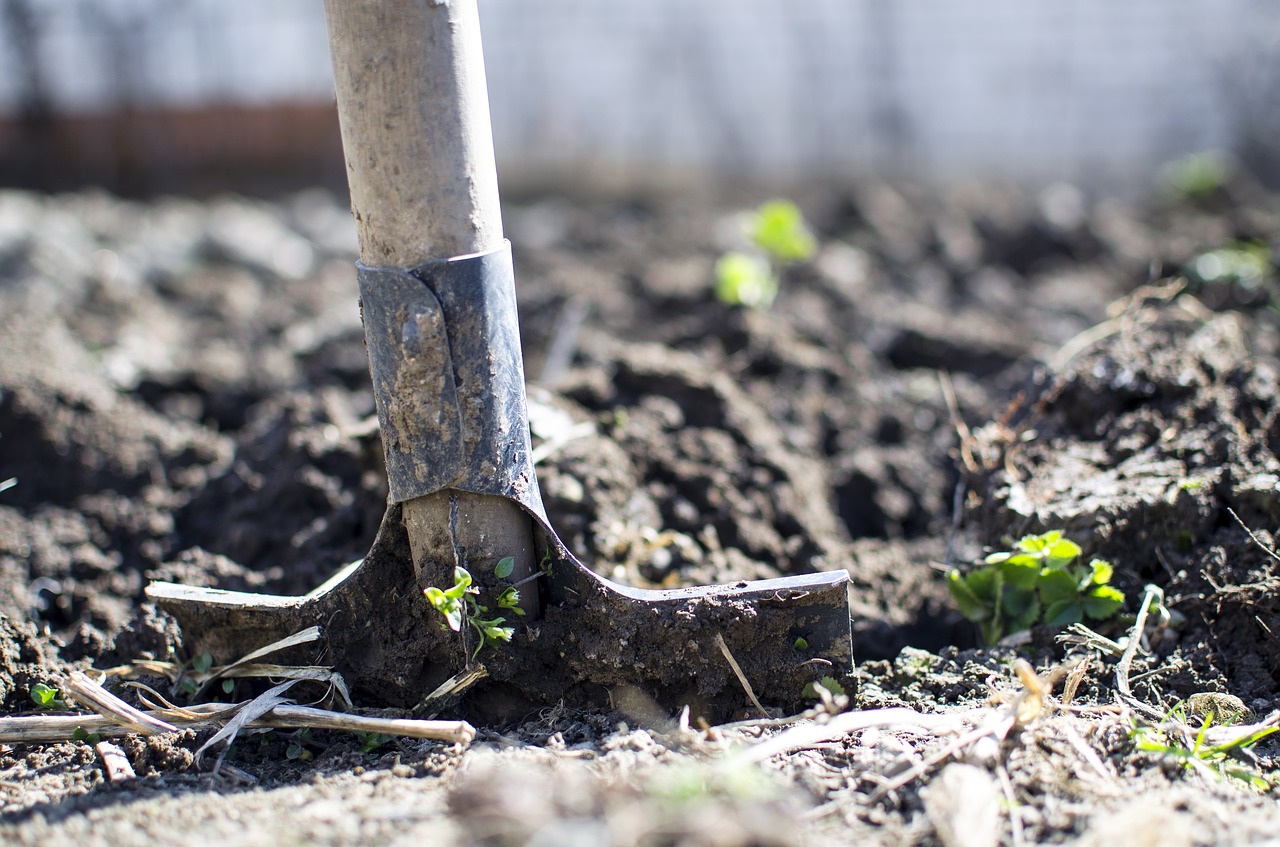
Soil percolation varies by soil type. Ideally, you want the soil to hold some water for extended use but also shed excess water so you don’t end up gardening in a bog. Depending on your starting soil type, you may need to do some work to improve soil percolation before you start planting.
– Soil Amendments
Adding soil amendments like compost and leaf mold can dramatically improve your soil percolation rates. In a brand new garden, adding as much of these amendments as possible and tilling them in will give you the best start.
If your soil is impossibly hard to work, then try sheet mulching in fall and lightly tilling in early spring to see benefits without breaking your back to get them.
– Double Digging
If you have the stamina and strength then you may want to use the technique of double digging and incorporating amendments to get the best results. Double digging basically involves digging out the first foot of soil, then using a tiller to loosen the foot below that. As you do this, you incorporate lots of compost and leaf mold into the soil to improve drainage.
4. Perennial Weed Removal
Annual weeds can be removed as they emerge during the gardening season. But perennial weeds such as brambles or anything with a long taproot can be removed before planting.
If you improve percolation or double dig, that’s also the perfect time to remove as much of the perennial plant root systems as you can to make your weeding easier during the growing season.
Pest Prevention
Garden pests come in many forms. There are herbivores like deer, rabbits, and voles to worry about. There are insects that might be overwintering in your yard waiting to eat your plants come spring. Plus, there is micro life like fungal pathogens, nasty nematodes, and bacterial bad guys to worry about.
Fall is a perfect time to take preventative action to keep those pests from pestering your plants during the growing season.
5. Install Fences
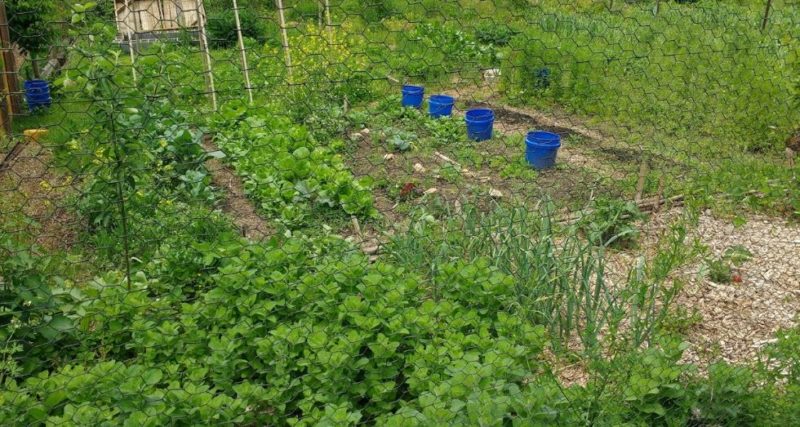
I haven’t met a garden yet that won’t benefit from a good fence. Whether it’s wildlife, the neighbor’s dog, or your own darn chickens – gardens without fences invite trouble. Installing fences is much easier in fall as the greenery dies back and cooler weather makes soil easier to work.
6. Solarize Soil
If you had severe soil-based plant diseases during the prior growing season, it might be time to solarize. Now, I’m not really a fan of this process because it kills good guys and bad guys alike. But, if it’s truly necessary cover your soil with plastic on a series of sunny days so the soil scorches.
It takes a few more days to do this in fall and winter, but as long as temperatures get over 130°F under that plastic it can help. Heating the soil to unsurvivable temperatures turns it lifeless and gives you a fresh start on pests and pathogens. It’ll not only take out many fungi, bacteria, and nematodes but will also get your overwintering insect pests too.
The downside of this process is that you then have dead soil and you need to work hard for the next few years to encourage beneficial soil life to come back and help you grow your plants. Solarizing should be reserved for extreme circumstances. After solarizing or as an alternative to it, work on increasing soil life diversity.
7. Bring in the Good Guys
So, those nasty nematodes, bacterial bad guys, and fungal pathogens that I mentioned earlier, well… they’re only a problem with they get out of hand. As long as they are kept in check as part of a diverse, thriving population of large quantities of micro life, they tend to be much less problematic.
Fall is a wonderful time to make improvements to your soil that will encourage more diversity of micro life. Basically, the way to do this is to increase the organic matter content in your soil through a variety of methods.
Adding well-aged compost and vermicompost are key. Using mycorrhizal inoculant and covering the soil with wood mulch until spring can kick start things.
Incorporating biochar into your soil is also beneficial. Trench composting is an easy way to make compost and build micro life in the cold seasons before the ground freezes.
Also, make plans to encourage beneficial insects and birds too. Consider adding a pollinator plot to your annual vegetable garden.
Add Infrastructure

Fall is also a great time to implement changes to your garden design or new garden layouts.
8. Pathways
When I make new gardens, I like to steal the soil from my pathways to put on the beds. Then I backfill the paths with leaves, straw, uncomposted livestock manure and several inches of mulch. That’s much easier to do when temperatures are cool.
I also like to add trellises and decorative details to existing paths in fall too.
9. Hugelkulturs, Herb Spirals, and Keyhole Gardens
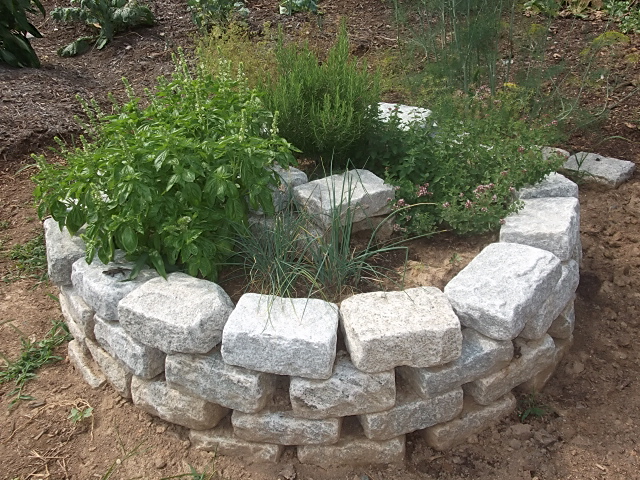
If you plan to use permaculture techniques like building hugelkultures, fall is a great time to that. As forest leaves drop and greenery die back it’s easier to get into the woods and drag out downed trees and leaves as your base.
Similarly, installing a herb spiral or keyhole garden using natural materials is also easier in fall.
10. Ponds
If you are going to put a pond in your backyard, fall is a great time to do that digging. Plus, if you live in an area with a lot of fall, winter, and spring precipitation, it will fill faster at this time.
11. Seating Areas

If your garden needs a new patio or seating area, fall is a great time to do any leveling, flooring installation and adding any hardscape materials. Just make sure to do it before the ground freezes.
12. Install A Greenhouse
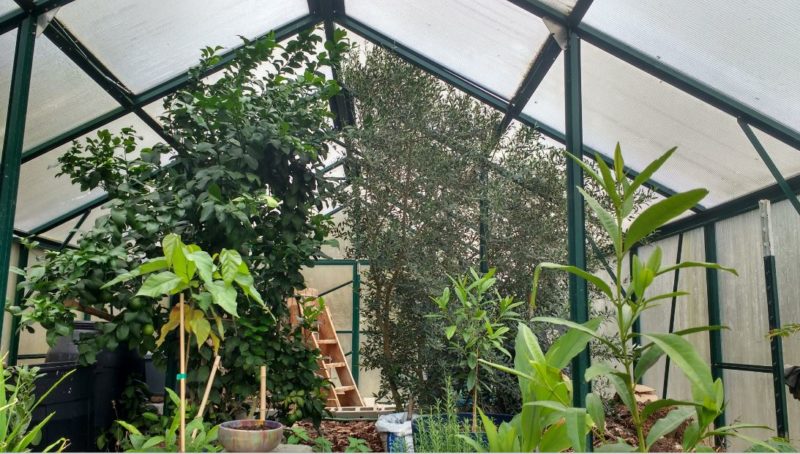
If you have plans to add a greenhouse, hoop house, or other protected growing structure, fall weather makes this easier. If you have it in by winter, then you can do some experimentation with winter gardening to get a sense of the kind of climate range you can create in your protected space. That will help you decide what to plant when in your space.
Plant Perennials
Except in climates with extremely short growing seasons, fall is a perfect time to plant perennials.
13. Start An Orchard
If having a mini or massive orchard is on your homestead to-do list, fall is a great time to that. Fruit trees planted in fall in many climates will do better and produce fruit sooner than those planted in spring.
14. Incorporate An Edible Landscape
For me, my edible landscapes always start with livestock rotation. I bring in the ducks, pigs, or chickens to do some preparation work for me. Then, once they’ve cleared weeds, controlled pest populations, and added fertility, I do my groundbreaking and soil building and put in my perennial edible plants.
15. Add Ornamental Plants
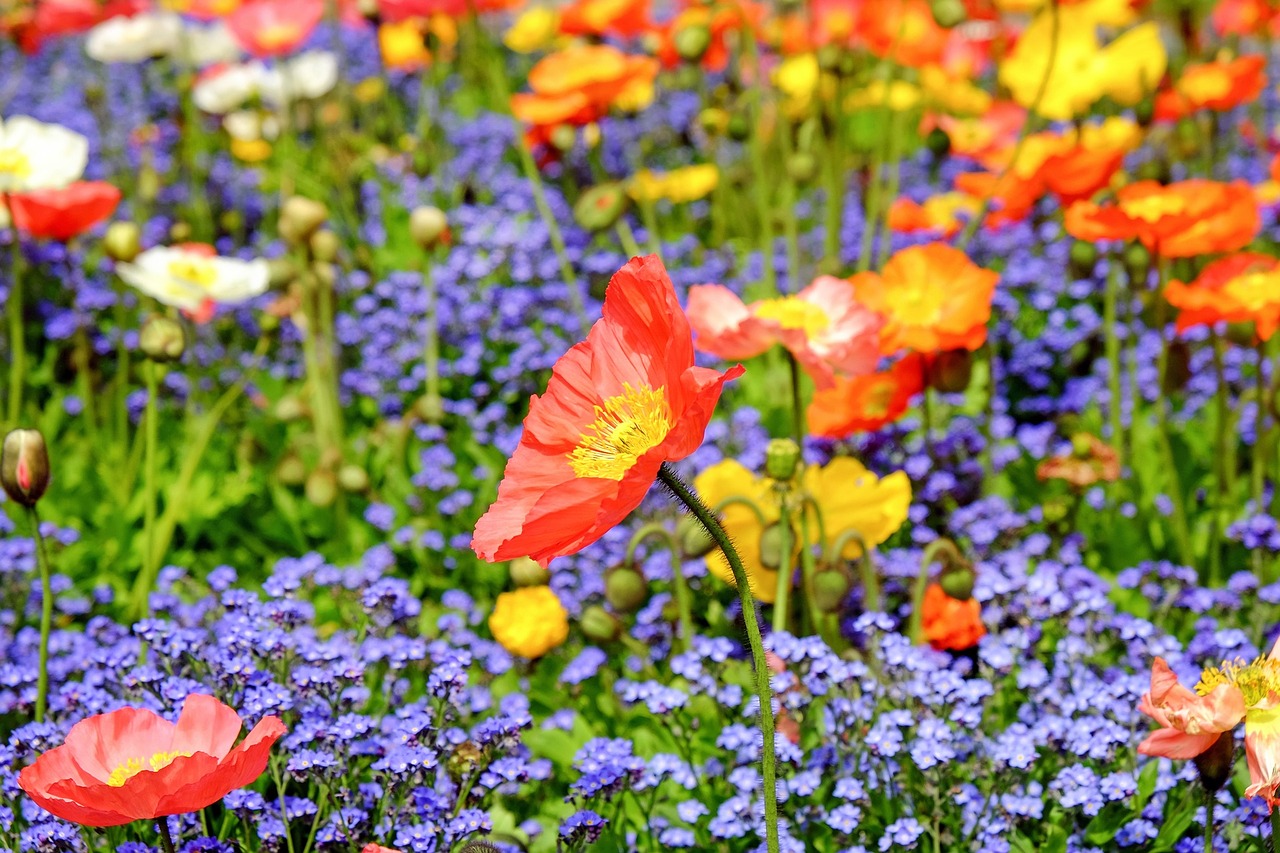
In homesteading, we tend to focus on edible plants. But, having a beautiful homestead, full of continuous color and flowers that bloom from spring to winter nourishes the soil and provides wildlife habitat. So, if you have the room, add some plants that appeal to your ornamental aesthetics yet also support a thriving ecosystem.
Plan Ahead
Fall is also the best time to plan ahead for the following year. With any challenges you faced this year in mind, make strategies for how to overcome them next year.
16. Crop Rotation
I like to make adjustments to my crop rotation schedule in fall while the problems are fresh on my mind and so that I have time to buy the right seeds in winter to be ready for spring.
– Nitrogen
For example, if my corn was slow to grow and had yellowing in the leaves, then I might make a plan to use a legume cover crop with rhizobia inoculant before I think about putting my tomatoes in that location next spring.
– Fungal Pathogens
If I had fungal pathogens in a bed, then I might make notes to grow a cover crop of mustard in late winter and early spring. Then I could lightly till that in and plant something less prone to fungal pathogen prone in late spring to break up fungal pathogen cycles.
– Root-Knot Nematodes
If I had poor production due to root-knot nematodes, then I’ll want to make notes to load that bed with French marigolds to be lightly tilled in at the end of the growing season. I’ll also want to plant something that root-knot nematodes don’t like as my primary crop.
17. Order Specialty Plants
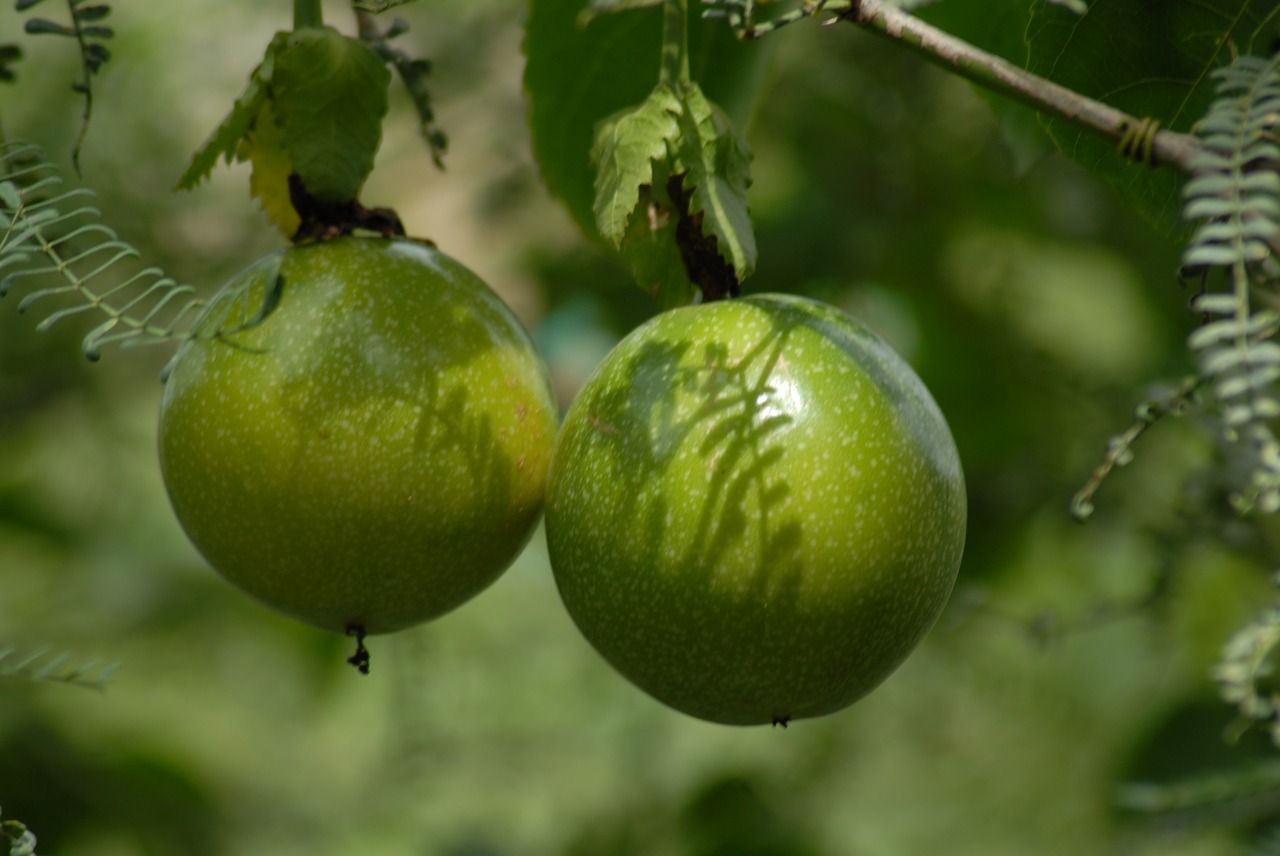
Most people buy plants in spring when they can actually garden. But for some hard to grow or specialty plants, they may already be sold out come spring. Even if your plants won’t ship until spring, fall is a great time to order hard to find items to ensure you get them when you want them.
18. Irrigation
Fall is also the perfect time to research and plan a new irrigation system. While your garden is bare, you can do all the things you need to do such as to measure your slope, your distances, test water pressure, figure out your line layout, and more.
Your irrigation methods will need to be tailored to what you will plant. Emitter placement, flow rate, frequency of application, and more will all need to be factored into your plan. So, by working out your planting schedule and your irrigation plan simultaneously in fall, you can save time.
Conclusion
Whether you leveling your land to start a new garden or trying to up your garden and gardening skills a level or two, fall is the perfect time to lay the groundwork with our list of fall gardening activities.
